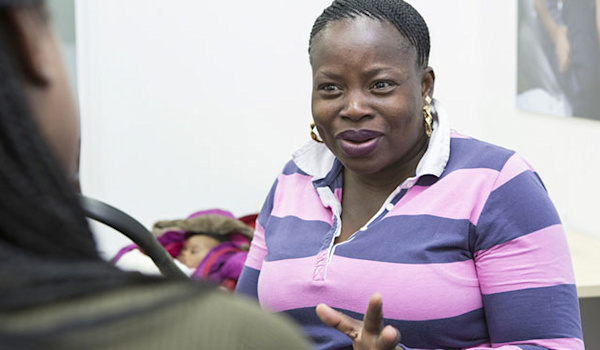Electrical safety in rented homes
Your landlord must make sure your home is safe to live in during your tenancy.
They must keep wiring and electrics like plug sockets in safe working order.
As a tenant, you must:
report electrical faults as soon as you spot a problem
let people into your home to do repairs and safety checks
make sure your own appliances are safe, for example, kettles and hairdryers
The Electrical Safety First website has information how to do a simple visual safety check.
Do not try to do your own electrical repairs.
Electrical safety checks
Your landlord must carry out an electrical safety check at least once every 5 years.
If your home was built or rewired in the last 5 years, your landlord can give you an electrical installation certificate (EIC) instead.
Your landlord does not have to carry out electrical safety checks if you are a lodger.
If you rent from a private landlord
Your landlord had until 1 April 2021 to carry out the first check.
If you rent from a housing association or council
Your landlord must carry out the first check by:
1 December 2025 - if your tenancy starts on or after this date
1 November 2026 - if your tenancy started before 1 December 2025
What happens during the check?
The check must be done by a registered electrician.
Find a registered electrician on the Electrical Safety First website.
The electrician writes a report for the landlord. You should get a copy.
The electrician should check things like:
wiring
plug sockets
light fittings
fuse boxes
electric showers
extractor fans
They can make anything dangerous safe before they leave your home.
Serious electrical faults can be emergency hazards if they make your home unsafe.
Housing associations and councils have 24 hours to make emergency hazards safe.
The electrical safety report (EICR)
The electrician gives your landlord an electrical installation condition report (EICR).
Your landlord must give you a copy of the report:
within 4 weeks if you live in the property
before you move in if you are a new tenant
The report tells you:
if more work is needed to make your home safe
when the next electrical safety check should be done
When more work is needed
Check the EICR to see if the electrician has written a code next to any of the things checked, like plug sockets or light fittings.
| Code | What it means |
|---|---|
| FI | Further investigation needed. |
| C1 | Dangerous installation. Not suitable for continued use. Repairs needed. |
| C2 | Potentially dangerous installation. Not suitable for continued use. Repairs needed. |
| C3 | Improvements recommended but not required. |
Codes C1, C2 or FI mean that the repairs or checks must be done in 4 weeks or sooner.
Your landlord must write to you and the council within 4 weeks to say the work has been done.
Code C3 means the installation passes the safety check but the electrician recommends your landlord should do some improvements.
Testing other electrical appliances
Private landlords do not have to check the safety of items that can be moved around. But they can ask the electrician to do a portable appliance (PAT) test.
Items that can be moved around include TVs, fridges, washing machines, kettles or toasters.
If you rent from a housing association or council
Councils and housing associations must include any electrical appliances they provide in the electrical safety checks. This could be things like cookers, fridges and heaters.
If anything is unsafe, your council or housing association should replace it straight away.
They do not have to check or replace anything that you own.
Disruption during repair work
Some electrical safety work can affect your daily life. You have the right to stay in your home while the work takes place.
You could ask your landlord to reduce the rent while the work takes place. Keep emails or messages to show what you agree.
Your landlord does not usually have to give you anywhere else to stay.
Your housing association or council landlord might have to offer you free temporary rehousing if both:
the electrical problem is an emergency hazard
they cannot make your home safe in 24 hours
Find out about moving out temporarily during repairs.
If your landlord does not fix a safety problem
Contact your council's private renting team if your landlord does not arrange safety checks or carry out work after a check.
They could send you to the environmental health team who must take action if there's a safety problem.
Unfortunately, you do not have the right to stop paying your rent even if your landlord has broken the law.
You could think about taking legal action if problems cannot be sorted out, or if you cannot stay in your home because it is unsafe.
If you rent from a housing association or council
Complain to your landlord if they do not get back to you or take too long to deal with the problem.
You can complain to the Housing Ombudsman if you are not happy about how your landlord deals with your complaint.
Ask the council's homeless team for help if it is not safe to live in your home.
Last updated: 1 December 2025

